Sacking their own Fortress

Africa’s Undisputed Goal King (Part Ten) – The Wilderness Years End
September 13, 2021Zambian Great Laid to Rest
November 12, 2021Sacking their own Fortress

CREATOR: gd-jpeg v1.0 (using IJG JPEG v62), quality = 82
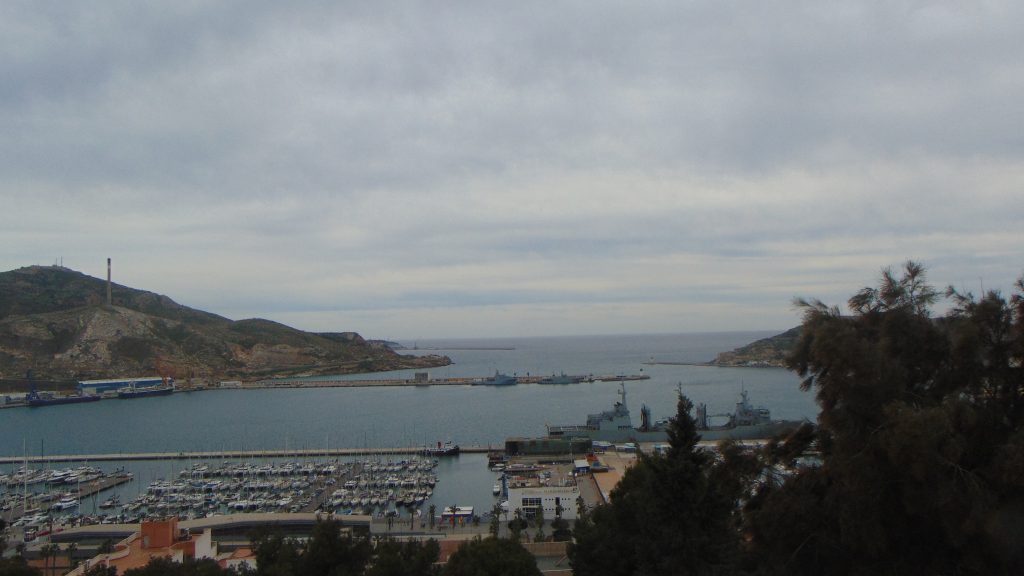
By Satish Sekar © Satish Sekar (September 22nd 2021)
Lessons of History
History is full of tales of the importance of castles and fortresses. The defensive importance of such fortifications is obvious. Strategic positioning of cities, fortifications and more proved essential in antiquity. Take Cartagena in Murcia for example. Although it was founded in 227 BC by Hasdrubal the Fair – a neglected by vitally important figure in the Carthaginian Empire and Punic Wars – and named Qart Hadašt (New City in Phoenician) it was eventually conquered by the Romans under Scipio Africanus in 209 BC, following a strategic error by the best known of the Barca Family, Hannibal.
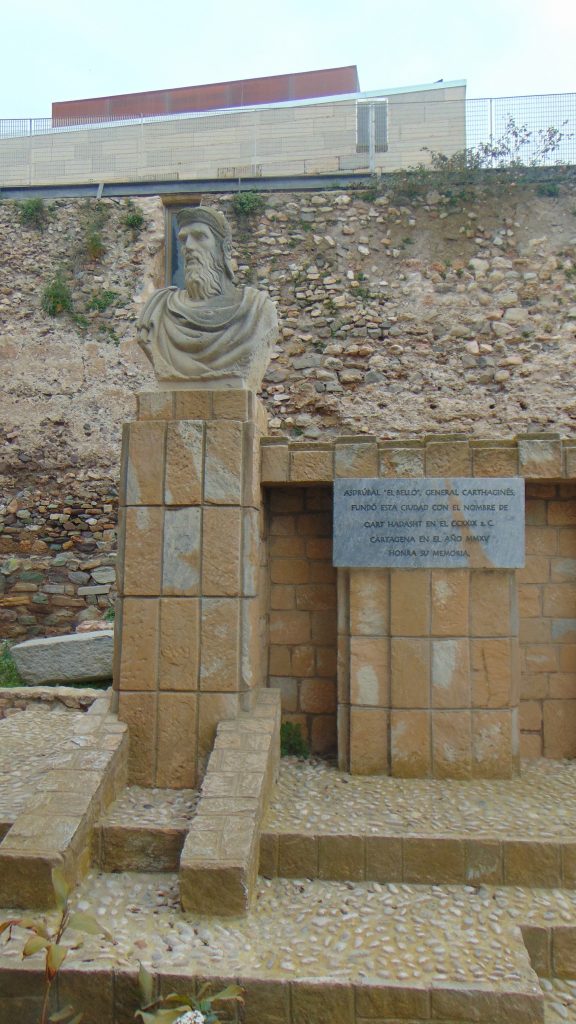
Leaving a token force for its defence under his brother, Hannibal set off to harass Rome on its doorstep. Cartago Nova as the Romans renamed the city became a vital weapon – Hannibal could not be supported with reinforcements from Carthage now even if its élite wanted to. This was very important in the outcome of the Punic Wars.
But while fortifications are very usefully defensively and difficult to conquer, they can be vulnerable too – Julius Cæsar’s tactics to defeat the Gauls under Vercingetorix demonstrate that. By today’s standards Cæsar used tactics that are a war crime in the Battle of Alesia. Cæsar prevented the Gauls’ reinforcements reaching Vercingetorix to relieve the siege. Facing starvation, Vercingetorix surrendered to save his followers. Imprisoned for five years Vercingetorix was eventually executed. The battle of Alesia was a decisive moment in the development of the Roman Empire.

The Crash
Sixty years ago, this past weekend, the Secretary-General of the United Nations, Dag Hammarskjöld was killed in a plane crash in Ndola. There are many unanswered questions about both the crash and Hammarskjöld’s death. Northern Rhodesia was then a colony of Britain, seeking to preserve white supremacy through a union with Malawi (Nyasaland) and Zimbabwe (Southern Rhodesia).
The independence of Malawi in the summer of 1964 ended that union. Zambia followed suit in October 1964 and Ian Smith infamously attempted to hold onto power for the white minority in Southern Rhodesia through the Unilateral Declaration of Independence the following year.
The site of the crash is a National Heritage site – the position of Hammarskjöld’s body suggests that it was staged and that he may well have been murdered (see the Strange Death of Dag Hammarskjöld at https://fittedin.org/fittedinwp/2021/09/20/the-strange-death-of-dag-hammarskjold/).
Football has equivalents of fortresses.
Zambia’s Fortress
Zambia’s Liberation Era Football needed a stadium – a fortress really – in the Copperbelt, and the sooner the better. Ndola was chosen to have that stadium. It became the home ground of Ndola United and boasted many a final. Zambia’s Gordon Banks, Abraham Nkole, was a unique player for Mufulira Wanderers. He was a talented striker who was converted into a goalkeeper. His favourite match at Ndola’s Dag Hammarskjöld Stadium was the Castle Cup Final in 1971. Mufulira Wanderers won the match 5-4 and Nkole scored at least a hat-trick – he insists that he bagged four. It was one of many memorable matches at the Dag.
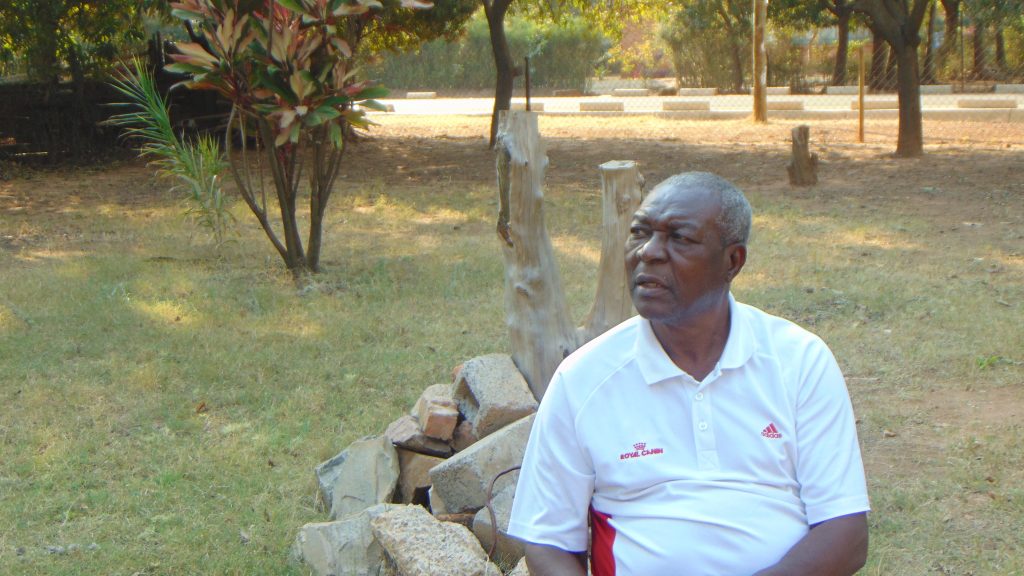
During my research on Godfrey Chitalu, Ndola’s fortress loomed large. Chitalu had been dropped by tactician Ante Buselić in his prime, as Chitalu was an individual striker rather than fitting into Buselić’s system. Dropped in his prime, Chitalu had a score to settle. Finally, he would have the chance to prove his worth.
In February 1977 Chitalu started on the bench. Local hero Burton Mugala started the match against Uganda but was unable to make an impact. Mufulira Wanderers’ defensive stalwart Michael Kapembwa was on the bench. Chitalu decided to warm up.
“The crowd started chanted UCAR, UCAR,” Kapembwa said of his favourite match at the Dag.
It was 2-2 against Uganda. Coach, Brightwell Banda gave the crowd what they wanted even though he had not told Chitalu to warm up. In the second half Chitalu scored a brace.
Zambia won the match 4-2. Chitalu was back, but another important fact hardly ever gets mentioned. Zambia never lost at the Dag Hammarskjöld Stadium. It was one of the greatest ever fortresses in football, especially African football.
The Self-Destruction of Zambia’s Fortress
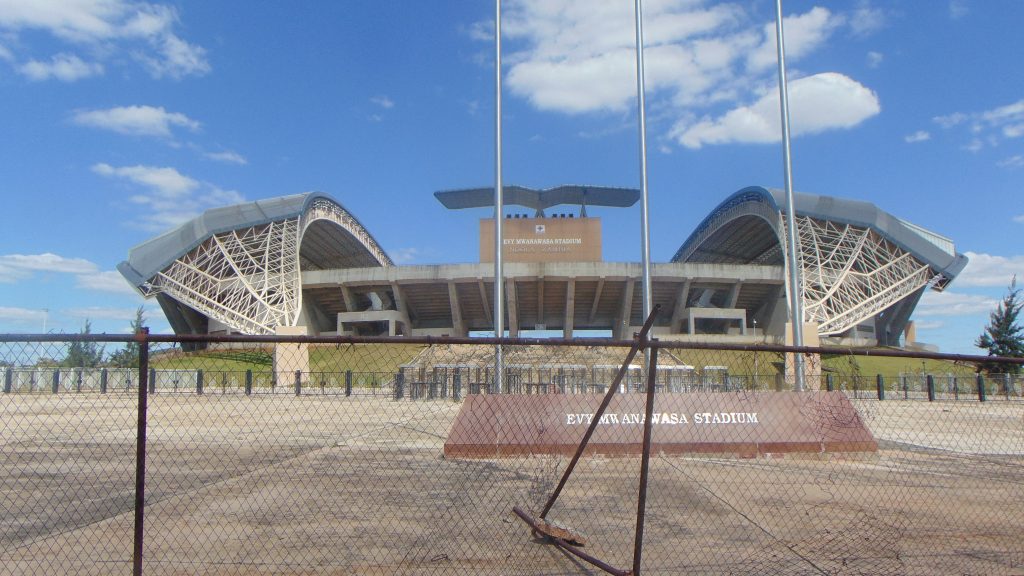
Ndola’s Levy Mwanawasa stadium is the Copperbelt’s main stadium now. International matches take place there, but it is no Dag. As time went by the Dag Hammarskjöld got older – it needed to be refurbished. Zambia has never hosted the Africa Cup of Nations tournament. It was due to do so in the 1980s but handed hosting back, unable to afford it. However, it had already began its preparations. The iconic Fortress Dag Hammarskjöld Stadium was knocked down awaiting rebuilding. It never happened.
Commissions considered it, demanded it be rebuilt but it was never done. After the turn of the century, a commission demanded it be rebuilt. Some work was done but stopped and those plans changed. Instead of Zambia’s Fortress, the Levy Mwanawasa was built. But it was no Dag. The aura had gone. The fear factor had gone. The Dag Hammarskjöld Stadium was worth a goal on its own.
And now Zambia plays at the National Heroes Stadium in Lusaka or at the Levy Mwanawasa in Ndola. Nobody fears playing there. Next February will be the 50th anniversary of the only time two African club records was set in Zambia. It was at the Dag Hammarskjöld Stadium. Kabwe Warriors beat Lesotho’s then champions Majantja, 9-0. It was an African Cup of Champions Clubs record for a match – since beaten. And Africa’s Goal King, Chitalu, mauled Majantja’s defence, helping himself to a still unbeaten tournament record of seven goals in a match.
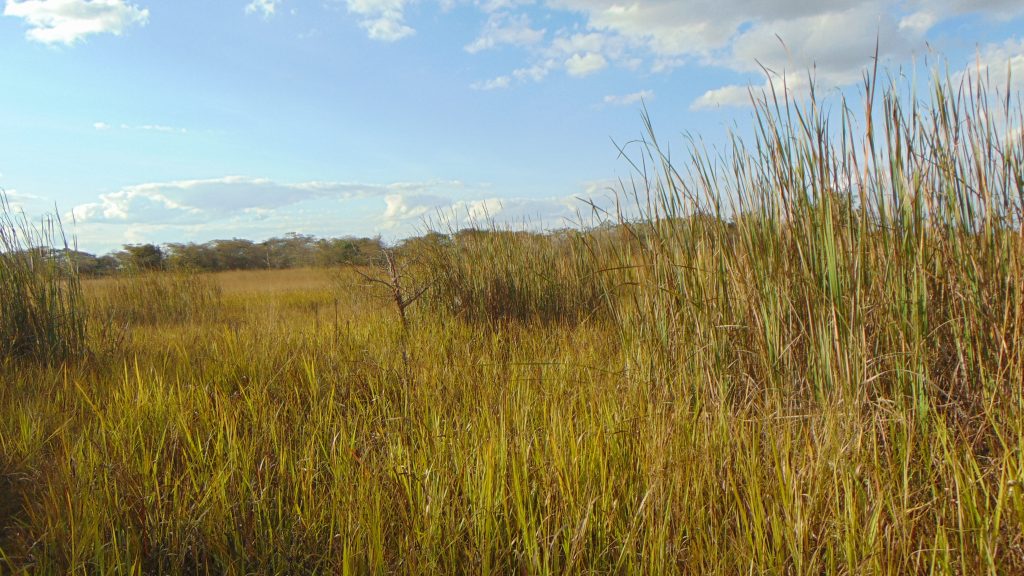
The Dag Hammarskjöld Stadium will not be rebuilt. The land is privately owned, but it is in a sorry state now. What a sad end for Zambia’s Fortress, the Dag Hammarskjöld Stadium. It deserved a better fate and Zambia deserves an explanation. Why was its Fortress never rebuilt? They sure could use it now!

